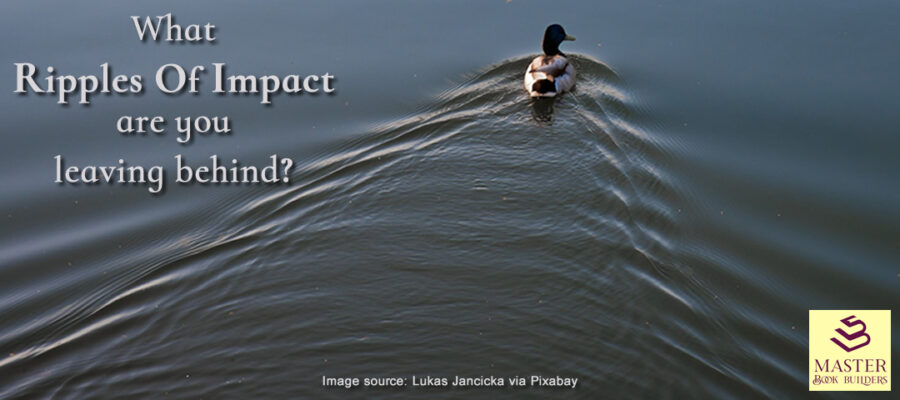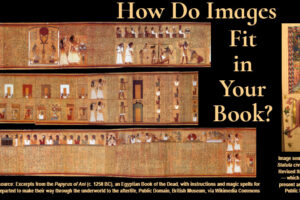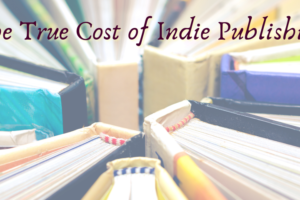What Ripples of Impact are You Leaving Behind?
In this edition of Marginalia we’ll dive into my sidenote scribblings in Chip Conley’s new book, Learning to Love Midlife: 12 Reasons Why Life Gets BETTER with AGE. As you’ll see below, this book prompted many thoughts related to my love of reading and our work here as writers ourselves, helping others fulfill their dreams of authorship.
In the Introduction, Conley doubles down on his subtitle, promising to show us why:
“Instead of an era one has to endure,
midlife can be a time to adore.”
He adopts the familiar metaphor for midlife transition of the caterpillar-to-butterfly, with the addition of a slant on how we live our lives during young adulthood, midlife transition, and what he calls “the second half” of life:
“A caterpillar consumes. A chrysalis transforms. A butterfly pollinates.”
We’ll come back to that notion of pollinating in a bit.
When is Midlife?
After noting how society has paired the word midlife with “crisis” — it’s hard to even think the first in your head without completing the pair, right? — Conley provides us with a very expansive definition of this messy middle. He notes the MIDUS (Midlife in the United States) study that included people ages 25-75, before he adopts his own, slightly smaller window, ages 35-75.
Those who know about my longevity target of 130 will not be surprised that I think he could extend the upper end another decade or so. But if the period of transition can happen anywhere in a forty or fifty year span, should we really think that these kinds of changes we go through will happen just once?
Next to his MIDUS reference, I wrote my question whether, as adults,
“Are we always in midlife?”
My question gets at the fact that we may be in transition in one part of our life, while continuing steadily in another. Or more likely, find ourselves at different stages of transition in multiple facets, while steady in one or two!
And later in the book, Conley provokes us with this question of his own, showing his awareness that we’re likely to go through multiple “midlife” transitions:
“Are you willing to take a gap year, at a minimum, once per decade …?”
He’s a serial entrepreneur himself and also covers the concept of “porfolio” careers, so no surprise that he took up my question!
Is Midlife Really a Crisis?
Conley busts this myth in many ways throughout the book. But I love the way he demolishes the whole idea head-on by examining the meaning of its Greek root, krinein,
” ‘to make a decision based upon one’s judgment.’ In other words, we have agency in our lives. … Maybe midlife is not something that happens to you, but something that happens for you, one that unlocks a whole new world of choices.”
He goes on to note a connection to Becca Levy’s work (Breaking the Age Code: How Your Beliefs About Aging Determine How Long & How Well You Live), showing that just by changing our beliefs about aging from the negative stereotype to a positive, optimistic one, we improve our mental and physical health and add a average of seven and a half years to our healthspan.
I wrote in the margin one of my mantra’s,
“Just keep growing.”
And, speaking of mantras …
Mantra as Mind-Key
In another dip into word origins, Conley points out the Sanskrit roots of the word mantra as man, meaning mind, and tra, meaning tool. Not sure if I really saw what was coming, but as I scribbled “mind tool” in the margin, I added the word “key” with a question mark and then,
“But, a key can lock or unlock.”
And sure enough, he went on with his idea that in addition to the use of mantras as a meditation and mindfulness tool, they can also be some of the “voices in our heads” that mindlessly nag us about what we should be, or do, or accomplish, but aren’t good enough to fulfill. He points to four variations of mantras that are typical of the first half of life:
- “I AM what I do.” (achievement)
- “I AM what others say about me.” (image)
- “I AM what I have.” (status)
- “I AM what I control.” (power)
 I noted in the margin how, as mind tools for seeking recognition and validation of others, these correlate with the socially prescribed perfectionism that we discuss in our book, which really is coming soon, I Am Perfectly Flawsome: How Embracing Imperfection Makes Us Better, by Tom Collins and Michele Molitor. Those constraining mantras are mind keys that lock us into the prison of pursuing more, keeping us stuck in “the caterpillar consumes” stage of our development.
I noted in the margin how, as mind tools for seeking recognition and validation of others, these correlate with the socially prescribed perfectionism that we discuss in our book, which really is coming soon, I Am Perfectly Flawsome: How Embracing Imperfection Makes Us Better, by Tom Collins and Michele Molitor. Those constraining mantras are mind keys that lock us into the prison of pursuing more, keeping us stuck in “the caterpillar consumes” stage of our development.
Among the suggestions Conley makes for breaking free is a counterstatement mantra from psychologist Erik Erikson,
“I am what survives me.”
He elaborates on the many forms that “what survives” can take and urges us to recognize how much of it we can create and experience for ourselves and those around us long before those impactful ripples get to survive us!
Ripples of Impact
That’s the core idea of the book: that the transition(s) we go through to emerge into our second half should not be viewed as another automatic change of status by chronological age, like becoming old enough to vote or drink in a bar. They should be a conscious exploration of what will bring us joy and meaning, which he boils down into asking,
“How can I serve?”
The contrast he draws between his earlier careers focused on ROI as “return on investment” and his older, wiser reframing of the acronym into “Ripples of Impact” hit home. I think we should all be asking ourselves that central question regularly, but along with a couple more (from his longer list in the book):
- “Who will be the primary beneficiaries of what I’m leaving behind?”
- “What less obvious but more valuable gifts am I leaving?”
Together, those got me thinking about the work we do and how the concept of ripples makes it worth pondering whether “primary” beneficiaries are all we should consider, and whether it’s the “less obvious” impacts that will be most important and valuable in the long run.
Remember that line I noted above about how the butterfly pollinates?
 One of the ways I get joy from our work lies in helping authors get their work out to the world. I choose this example from the many we love just because his second book went live on Amazon today.
One of the ways I get joy from our work lies in helping authors get their work out to the world. I choose this example from the many we love just because his second book went live on Amazon today.
We helped Michael Coleman publish A Better Message (In a Mess-Age): Vol. 1 – Audio Optometry a little over a year ago. It became a #1 International Best Seller and just last month it was featured by Kirkus Reviews in their The Best Books of 2023 (Indie).
Perhaps you can imagine how wonderful those accomplishments make both Michael and us feel.
And those close to him.
And his readers.
Ripples of impact.
And of course, there’s my own writing. Like this post. As Conley puts it, when we offer this kind of legacy we’re sending “energy into the world that will create positive or negative ripples.” When we publish a book, the ripples start right away.
But history tells us a book’s ripples can go on for millennia.




![featured image for blog post, A [TfTi] 2-fer: Love Your Local Bookstore & The Power of Play, by Tom Collins](https://masterbookbuilders.com/wp-content/uploads/2023/10/Bookshop-LegosPlay-300x200.jpg)

1 Comment
Leave your reply.